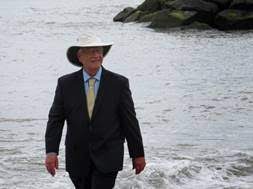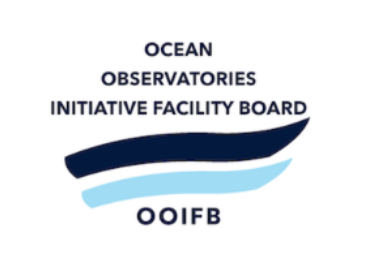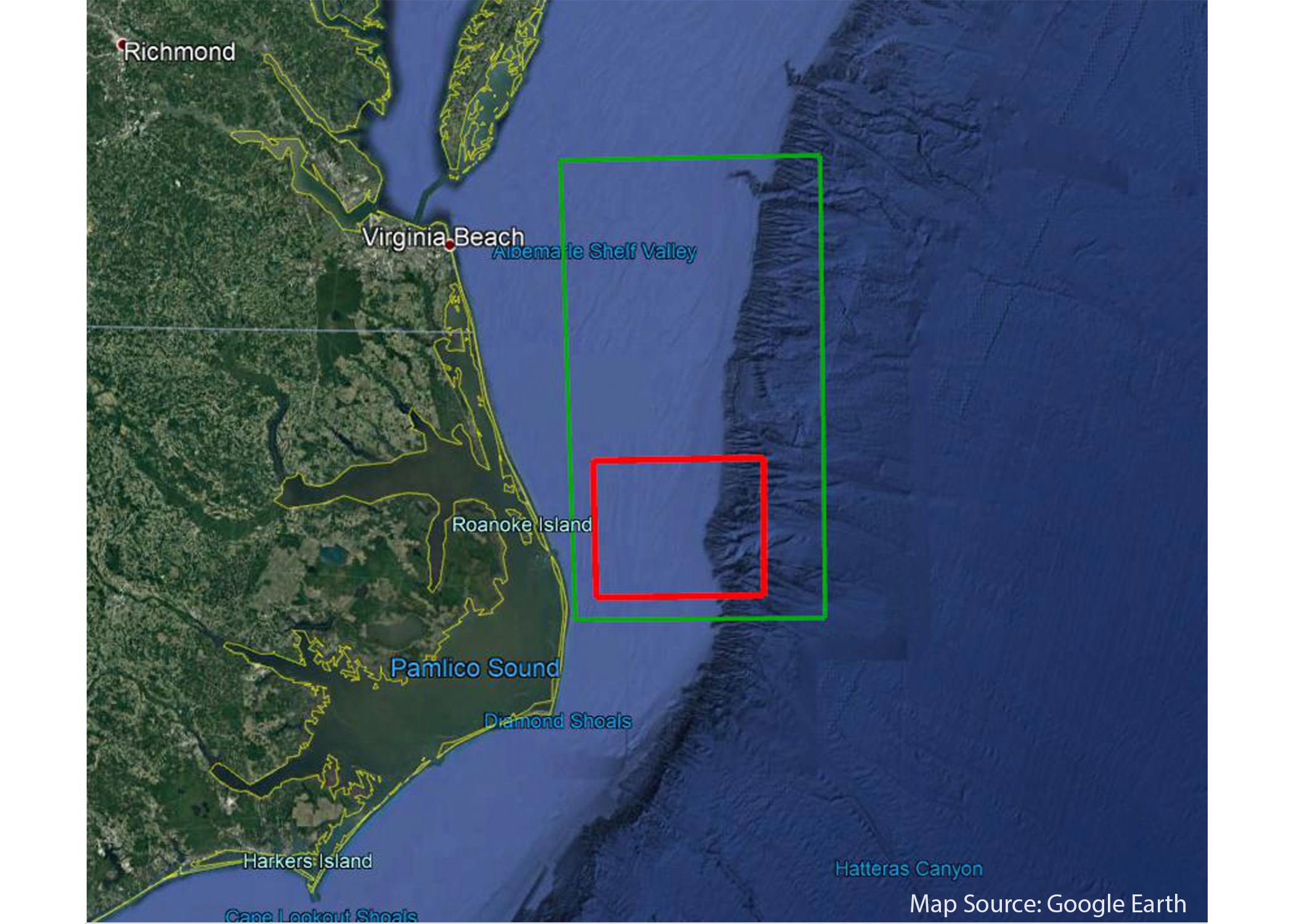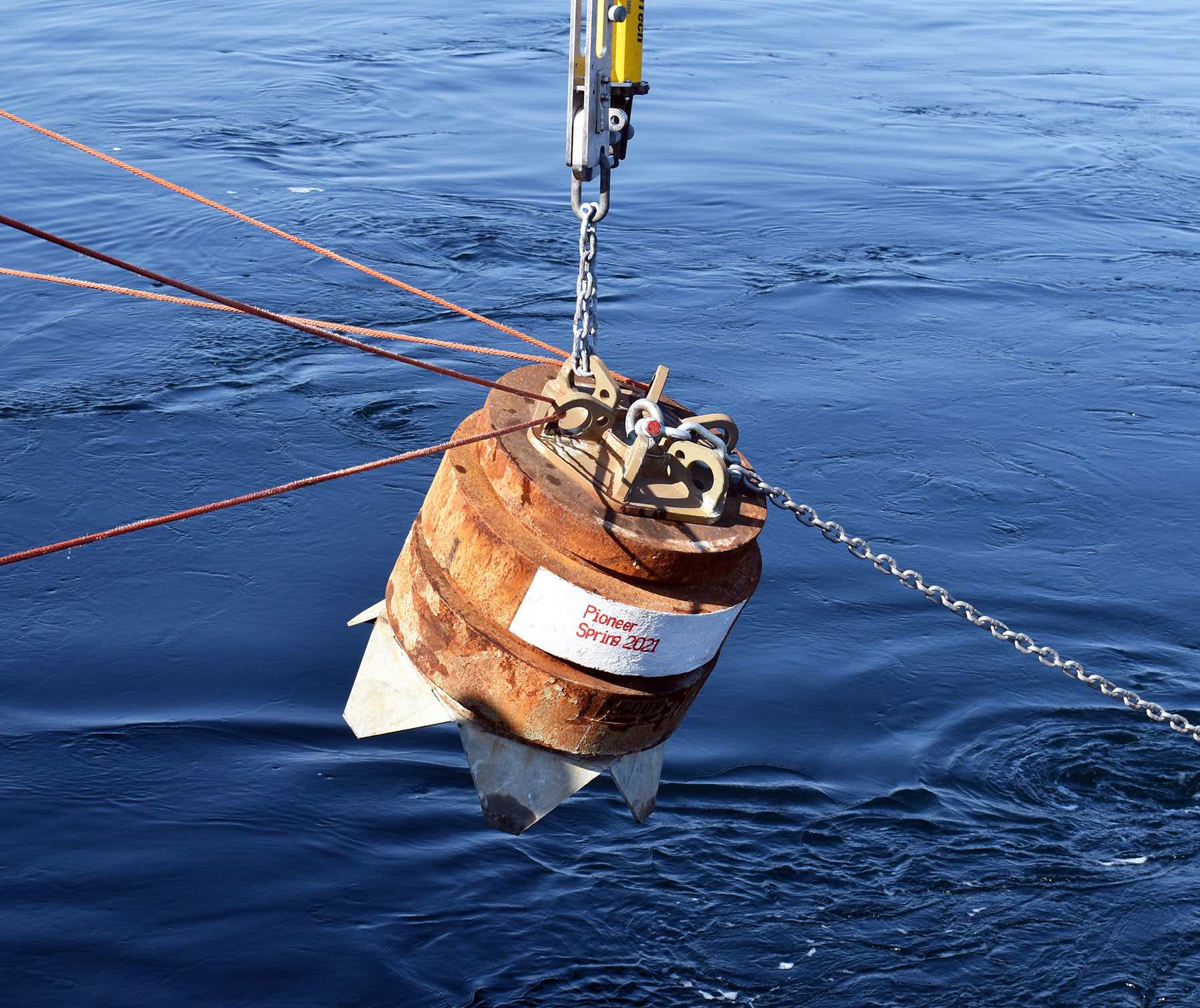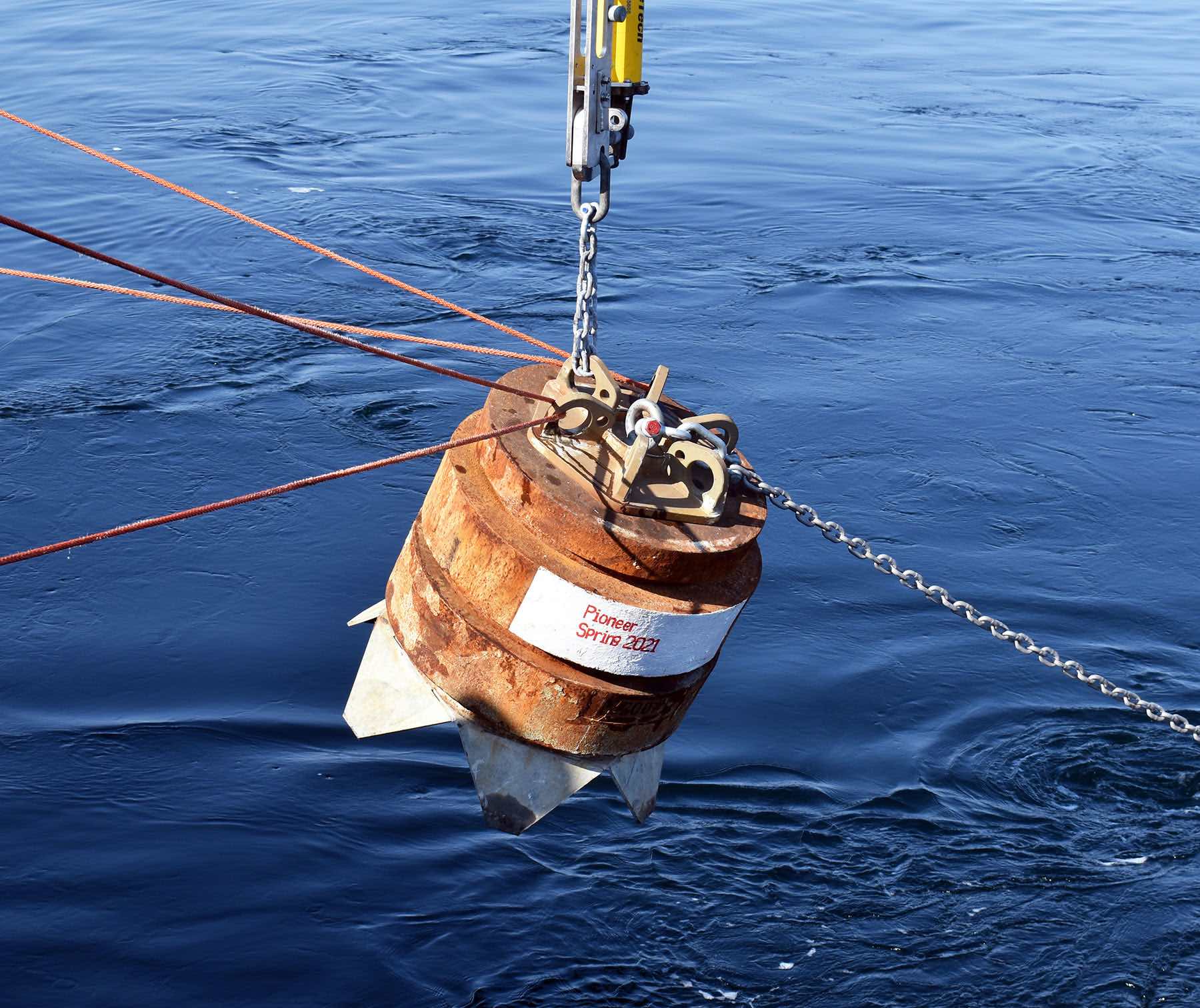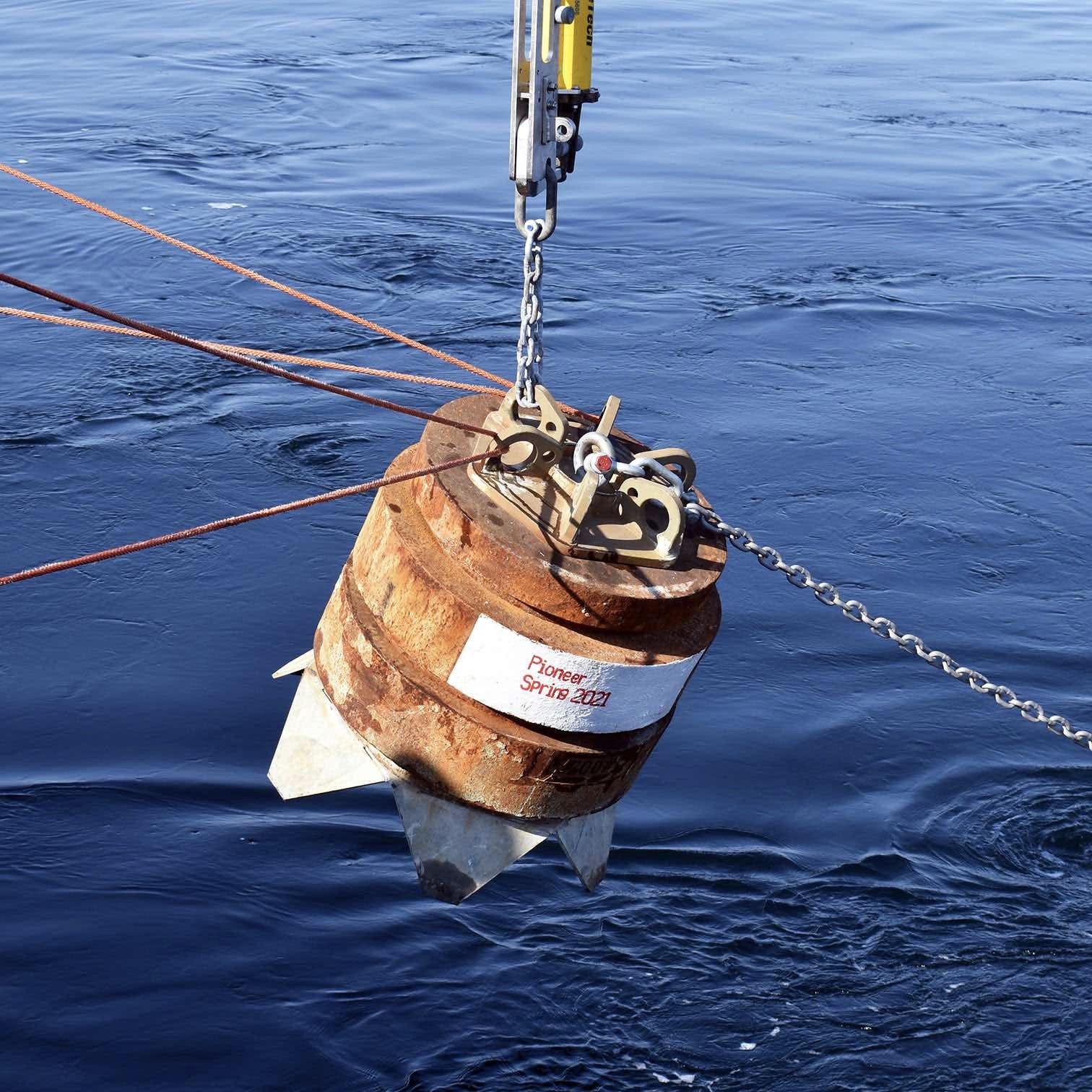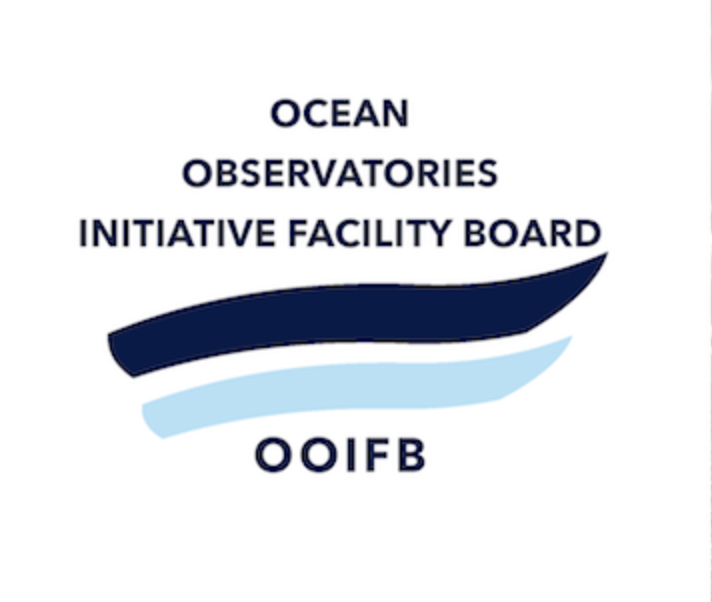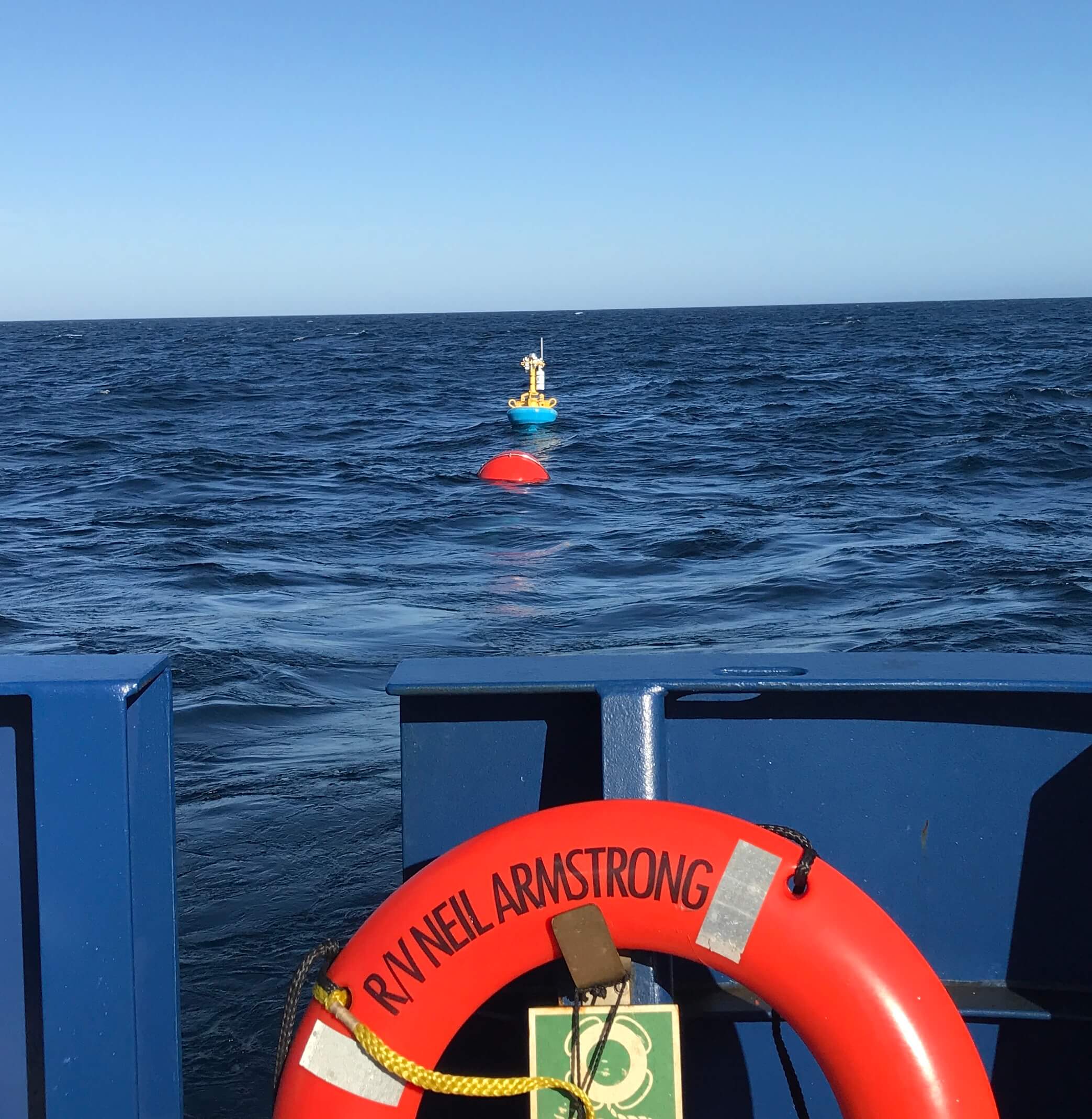Posts Tagged ‘OOIFB’
Student and Early Career Travel Funds Available: Apply Now!
Do you need travel funds to attend and present your OOI research at a conference?
If you need funding to offset conference expenses (registration fees, travel costs, accommodations, etc.), we encourage you to apply. Conference participation can be in-person or virtual. With the Fall AGU and Ocean Science Meetings approaching, we wanted to remind you of this opportunity.
OOI Facility Board Opening: Apply by Aug 15
The Ocean Observatories Initiative Facility Board (OOIFB) provides independent input and guidance regarding the management and operation of the National Science Foundation-funded Ocean Observatories Initiative (OOI). The OOIFB works to expand scientific and public awareness of the OOI, and ensure that the oceanographic community is kept informed of developments of the OOI.
The OOIFB is soliciting applications to fill one open membership position. The appointment will fill the remainder of an unexpired term and will be effective starting in September 2021 and run through June 2023. The selected individual will be eligible to serve a second term of 3-years. The OOIFB holds at least one in-person meeting per year and one web conference each month.
Scientists with experience using scientific observing systems, such as the OOI, are encouraged to apply. In an effort to maintain the expertise and disciplinary depth on the committee, we are particularly interested in applicants with research experience using data from the OOI Global Arrays. However, all interested applicants will be considered.
The responsibilities of the OOIFB may include, but are not limited to, the following:
- Serving as the prime scientific and technical conduit between the oceanographic community and NSF regarding OOI.
- Examining the accomplishments and work flow of the OOI Operator, in order to provide feedback regarding the OOI Annual Work Plans (AWPs).
- Via workshops, community meetings, and/or other mechanisms, stimulate and engage the user community in order to keep the accomplishments of the OOI at the cutting edge of scientific inquiry and technological innovation.
- Developing and implementing strategies to expand scientific and public awareness of the unique scientific and technological opportunities of the OOI.
Applications should be submitted to Annette DeSilva, at the OOIFB Administrative Support Office, and must include a letter of interest and an academic CV. Applications are due by August 15, 2021. Applications will be reviewed by the OOIFB, who will give due consideration to the qualifications of applicants, as well as the maintenance of gender, career level, discipline, and regional balance on the OOIFB. For more information about OOIFB and its activities, please visit the website or contact Kendra Daly, OOIFB Chair. The OOIFB Charter is available for review here.
Read More
Scoping the New Pioneer Array in the Southern Mid-Atlantic Bight
A very engaged group of participants spent the week of June 21st thinking about how to optimize the Pioneer Array for its relocation to the southern Mid-Atlantic Bight (MAB) in 2024. The five-day Innovations Lab, sponsored by the National Science Foundation (NSF) was led by the OOIFB (Ocean Observatories Initiative Facilities Board), a talented team of “Sparks”, Knowinnovation, Inc. (KI), and expertly supported by the OOI Facility. The group identified a range of representative interdisciplinary science questions that can be addressed using the Pioneer Array within the MAB and proposed optimum locations and potential configurations for the array.
Science question topics included air-sea interactions; the influence of estuarine plumes and the Gulf Stream on cross-shelf and shelf-slope exchanges and their impacts on ocean chemistry and biology; benthic-pelagic coupling; and canyon processes. Participants converged on a general region (see boxes in Figure 1 below) that would best address the science questions.
[media-caption path="https://oceanobservatories.org/wp-content/uploads/2021/06/Google-earth-map.png" link="#"]Figure 1. Southern MAB Pioneer Array regions. The red box indicates the region where moorings would be located and the larger green box indicates the region where mobile assets (gliders and AUVs) would operate.[/media-caption]
“The Innovations Lab was very successful, and we really appreciate the community sharing their innovative ideas with us in this essential first step,” said Kendra Daly, chair of the OOIFB. “The Innovations Lab provides an excellent start to a long process of fleshing out the details to ensure that the array provides data to investigate a broad range of interdisciplinary science questions, while also being robust enough to weather the challenging environmental conditions in the Mid-Atlantic Bight.”
The OOIFB will continue to engage with the OOI community to refine the array’s design for implementation over the next two years. The Innovations Lab showed that there is strong community interest in coastal science, the potential for new partnerships, and excitement about implementing the Pioneer Array in its new location.
Read More
OOI Community Members Guide Pioneer Relocation
From 21-25 June, 37 members of the Ocean Observatories Initiative (OOI) community are participating in the National Science Foundation-sponsored Phase 2 Innovations Lab to identify the best location within the recently designated geographic region of the Mid-Atlantic Bight (MAB) between Cape Hatteras and Norfolk Canyon for the Pioneer Array relocation.
During the week, participants will work to identify the observatory opportunities that can be offered by the new Pioneer Array location. They will explore how the Pioneer Array sensors and platforms can be optimized to achieve science and education goals at a new site, based on environmental, logistical, and infrastructural considerations. The group will also evaluate challenges presented by deployment of Array infrastructure at a new location, and discuss the potential for partnerships and collaborations at a new site.
The MAB region offers opportunities to collect data on a wide variety of cross-disciplinary science topics including cross-shelf exchange, land-sea interactions associated with large estuarine systems, a highly productive ecosystem with major fisheries, and carbon cycle processes. This geographic region also offers opportunities to improve understanding of hurricane development, tracking and prediction, and offshore wind partnerships. The relocation of the Pioneer Array will take place in 2024.
The Ocean Observatories Initiative Facilities Board (OOIFB), in partnership with KnowInnovations, is facilitating the Phase 2 Innovations Lab. “We selected a diverse mix of Lab participants to achieve a broad range of disciplines and professional expertise, career stage (from early to senior), gender, cultural background, and life experience. By involving such a wide range of people in the conversations this week, it is our hope that the innovative quality, outputs, and outcomes of the Lab will be enriched,” said Kendra Daly, chair of the OOIFB. “And, throughout the year, we will continue to work with the community on the exciting optimization process via scientific meetings, seminars, and other means to ensure we receive broad input.”
Read MoreApplications for the Pioneer Array Innovations Lab 2 due May 31st
Applications to apply for the Pioneer Array Innovations Lab 2 are due on May 31st. The Lab will be held each day during the week of June 21-25 (about 5-6 hours each day). During this Lab, participants will work to identify the observatory opportunities that can be offered by the Pioneer Array at its new location at the Mid-Atlantic Bight. Details are provided below.
The application form for the Pioneer Array Innovations Lab 2 is available here.
To learn more or to apply, please visit here.
Read More
OOI Pioneer Array to Relocate to MAB
It’s official, the next location of the OOI (Ocean Observatories Initiative) Coastal Pioneer Array is the Mid-Atlantic Bight (MAB) and the move will take place in 2024. The geographic footprint championed during the NSF-sponsored Innovations Lab #1 is the region of the MAB between Cape Hatteras and Norfolk Canyon. This region offers opportunities to collect data on a wide variety of cross-disciplinary science topics including cross-shelf exchange, land-sea interactions associated with large estuarine systems, a highly productive ecosystem with major fisheries, and carbon cycle processes. This location also offers opportunities to improve our understanding of hurricane development, tracking and prediction, and offshore wind partnerships.
As background, the OOI has been in full operations since 2016. The OOI Pioneer Array was designed to be relocatable, and in 2020 the Ocean Observatories Initiative Facilities Board (OOIFB) and the National Science Foundation (NSF) launched a process to select the next OOI Pioneer Array location. A Phase 1 Innovations Lab was held in March 2021 to explore possible locations based on scientific questions of interest. The inputs received helped NSF make its decision to select the MAB.
A second (Phase 2) Innovations Lab is scheduled for the week of June 21-25. During this Lab, participants will work to further identify and refine the opportunities afforded by the new Pioneer Array location. Selected participants will be exploring how the Pioneer Array sensors and platforms can be optimized to achieve science and education goals at the new site, based on environmental, logistical, and infrastructural considerations. Partnership and collaboration potentials at the new location will also be discussed. The OOIFB, in partnership with Know Innovations, will again be facilitating the second Innovation Lab.
There is also an open to all Microlab scheduled for May 12th if you are intrigued and want to learn more: (https://ooifb.org/meetings/pioneer-array-phase2/).
The ocean community is invited to help identify new design considerations that can enable exciting research endeavors at the chosen location. Scientists, educators, and other stakeholders are encouraged to apply for the Phase 2 Innovations Lab. Please visit the OOIFB website for more information.
Read More
Call for Applications: OOIFB Data Systems Committee
Application Deadline: May 20, 2021
The Data Systems Committee (DSC) of the NSF Ocean Observatories Initiative Facility Board (OOIFB) was established to help ensure timely and reliable access to high-quality Ocean Observatories Initiative (OOI) data. The Committee evaluates and recommends improvements to the data services policies and practices of the OOI Facility that will lead to more efficient and effective scientific use of OOI data.
The DSC is now soliciting applications to fill one open position. The appointment will fill the remainder of an unexpired term and will be effective starting in May 2021 and run through September 2023. The selected individual will be eligible to serve a second term of 3-years. The DSC holds at least one in-person meeting per year and one web conference each month.
Some of the objectives of the committee include:
- Keeping abreast of the current state of the OOI cyberinfrastructure and data services with the goal of helping to promote maximum scientific use of OOI data. These efforts will be informed by the FAIR Guiding Principles for scientific data management and stewardship, such that data are: a) Findable, b) Accessible, c) Interoperable, and d) Reusable.
- Encouraging the use of best practices, standards, and naming conventions established by the oceanographic community.
- Engaging with the user community to gauge user needs in regard to OOI data systems, and to facilitate the promotion of a positive user experience.
- Staying current on potential new modes of data service and access, data analysis methodologies, and related technologies that facilitate the use of OOI data.
- Engaging with the OOI Program team regarding the priorities and plans of the OOI cyberinfrastructure groups.
- Making recommendations for data products, usage metrics, and improving the user experience on the OOI Data Explorer, as well as other data service systems employed by the OOI.
Scientists with experience using scientific observing systems such as OOI, as well as those with experience in successfully delivering data from large-scale multi-sensor observing systems to scientific users are encouraged to apply. Applications should be submitted to Annette DeSilva, at the OOIFB Administrative Support Office (desilva@ooifb.org), and must include a letter of interest and an academic CV.
Applications are due by May 20, 2021. Applications will be reviewed by the DSC members who will give due consideration to the qualifications of applicants, as well as to maintenance of career level, disciplinary, and regional balance on the Committee. For more information about the DSC and its activities, please visit the OOIFB website or contact Tim Crone, DSC Chair (tjcrone@gmail.com).
Read MoreApplications Open for Larry P. Atkinson Travel Fellowship
Do you need travel funds to attend and present your OOI research at a conference?
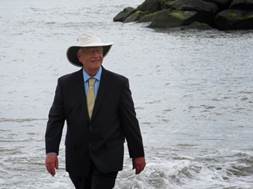 Larry P. Atkinson[/caption]
Larry P. Atkinson[/caption]
The Larry P. Atkinson Travel Fellowship for Students and Early Career Scientists online application is now open!
If you need funding to offset conference expenses (registration fees, travel costs, accommodations, etc.), we encourage you to apply. Conference participation can be in-person or virtual. Information on eligibility requirements, and how to apply, are available here.
Potential Pioneer Relocation Innovations Lab on March 15-19
In 2021, the Ocean Observatories Initiative Facilities Board (OOIFB) and the National Science Foundation (NSF) launched a process to consider whether to move the Pioneer Array from its current location, on the New England shelf and slope south of Martha’s Vineyard, to a new site. Selection of the next OOI Pioneer Array location, or decision to maintain the Array at its current location, will be driven by community input on the important science questions that can be addressed by the Pioneer Array.
The OOI community has been invited to weigh in on this important decision during a two-phase sequential lab approach that is bringing together scientists, educators, and other stakeholders together virtually to evaluate 1) future location options for the Pioneer Array and 2) new design considerations that can enable exciting research endeavors at the chosen location.
The Phase 1 Innovations Lab will be held on March 15-19 to explore possible locations for the Pioneer Array based on multiple factors, driven by scientific questions that require an ocean observatory to advance knowledge. At the Lab, interdisciplinary teams will work together to ideate and develop a roadmap of possible locations including exploring new scientific, educational, and partnership opportunities. Participation was open to the all, and 32 applicants were selected to participate in this important decision.
The Phase 2 Innovations Lab, in late spring/early summer, will come up with a plan to maximize the science gains and broader impacts of the potential new site. If a new site is recommended, the Array would be moved in 2023. The OOI Coastal and Global Scale Nodes (CGSN) Team at Woods Hole Oceanographic Institution would continue the operation and maintenance of the array, regardless of its location.
The Lab’s findings will be considered by an NSF review panel, which will report to NSF in early fall on the new Pioneer Array location and how it can be optimized for science and education. The findings of both Innovations Lab will be shared with the OOI community.
Read MorePotential Pioneer Relocation Innovations Lab Phase 1
The Pioneer Array was designed as a moveable array. The OOI community has been invited to participate in the decision regarding the Pioneer Array’s future location. Selection of a new OOI Pioneer Array location will be driven by community input on the important science questions that can be addressed with observations from a new Array location or maintaining it in its current location. The first of a two-phase Innovations Lab will bring together scientists, educators, and stakeholders to explore possible locations for the Pioneer Array. During the week of March 15-19, interdisciplinary teams will work together to ideate and develop a roadmap of possible locations including exploring new scientific, educational, and partnership opportunities.
Read More
